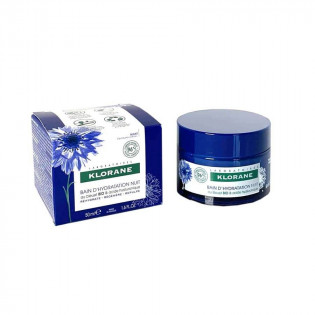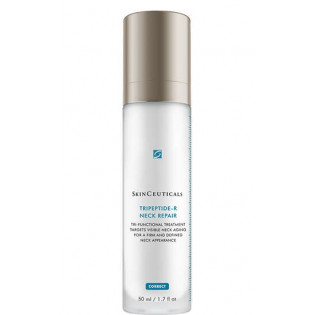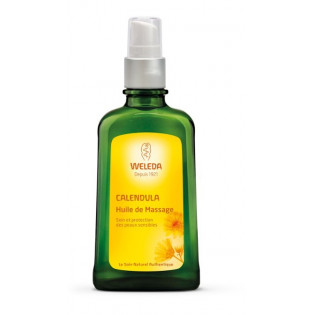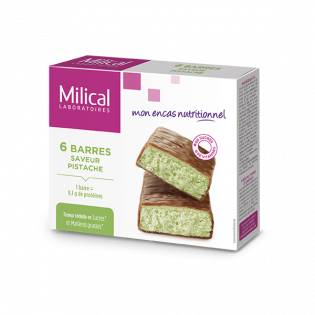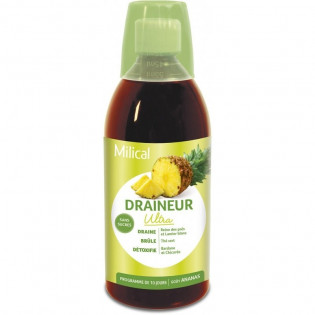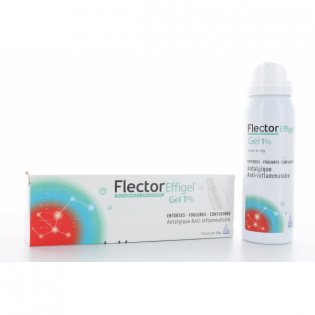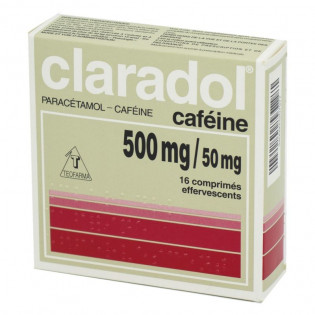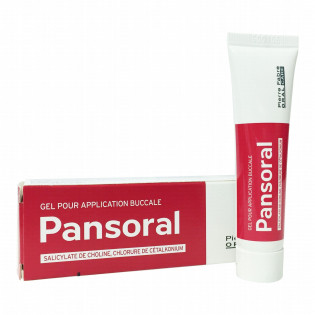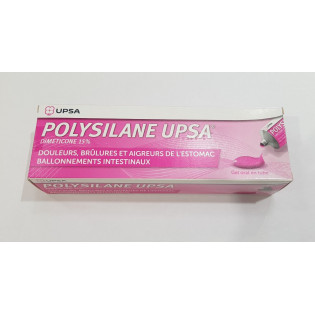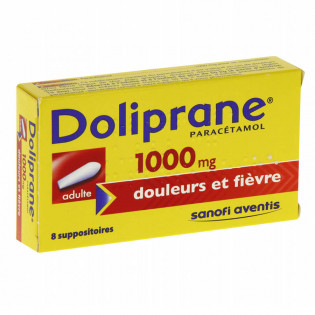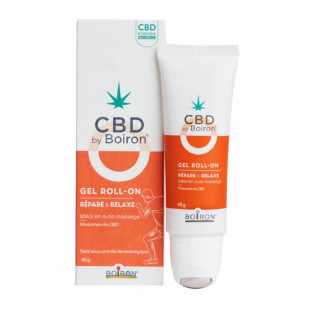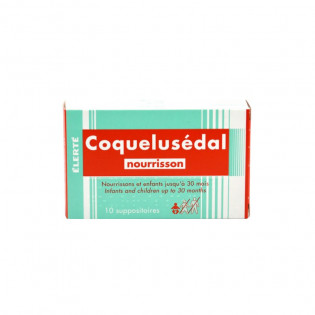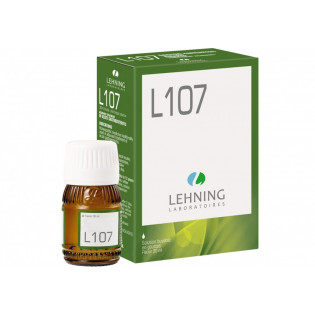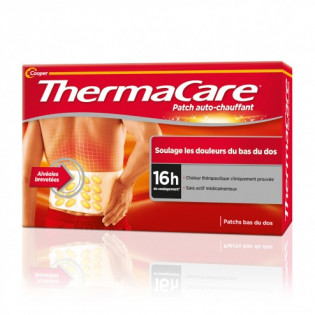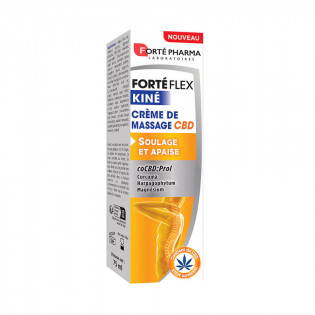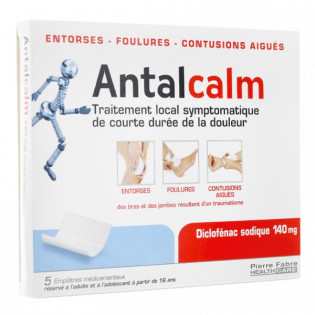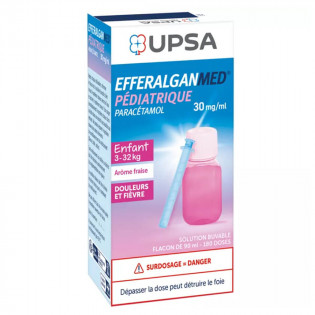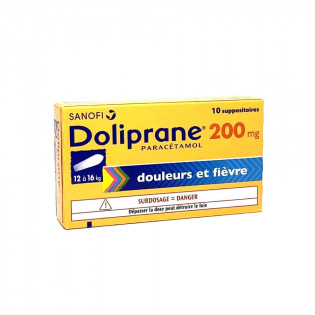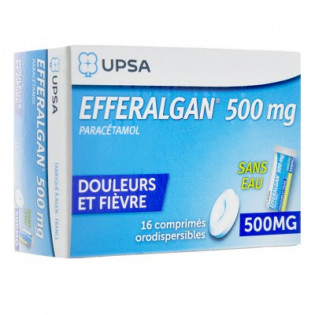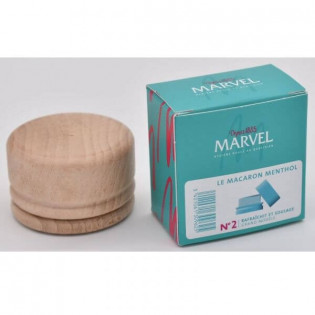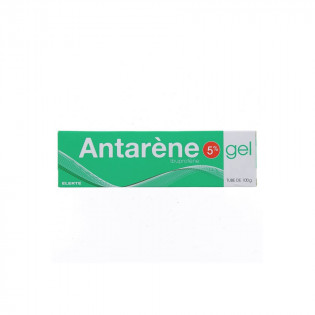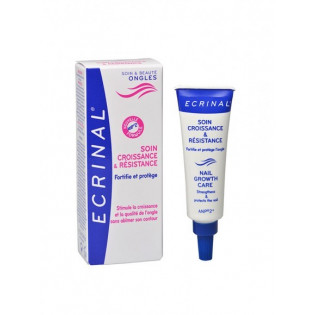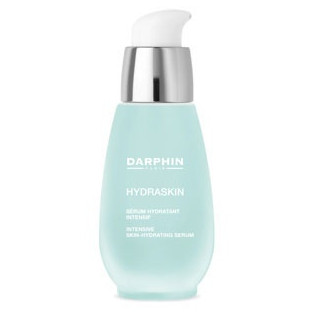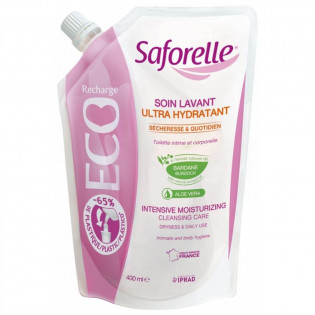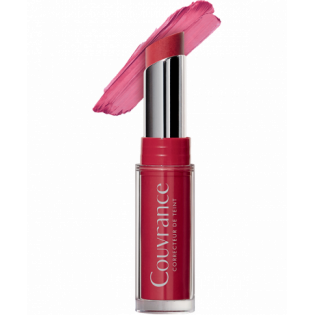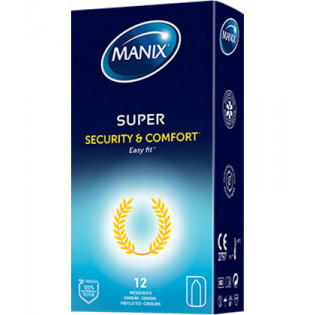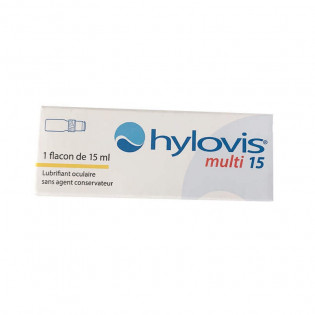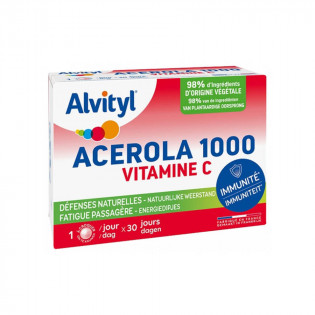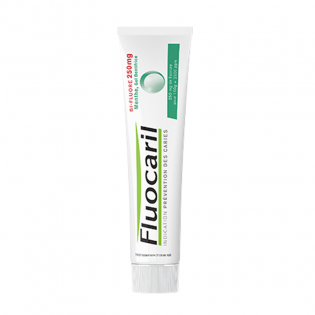Description Dafalgan 1000 mg 8 effervescent tablets
Symptomatic treatment of mild to moderate pain and/or febrile states. This presentation is reserved for adults and children from 50 kg (from about 15 years).
Composition Dafalgan 1000 mg 8 effervescent tablets
effervescent tablet : Paracetamol 1 g.
Excipients: Anhydrous citric acid, Sodium bicarbonate, Anhydrous sodium carbonate, Sorbitol, Sodium docusate, Povidone, Sodium benzoate, Anhydrous lactose, Orange flavouring (1), Grapefruit flavouring (1), Aspartam, Acesulfame potassium, qsp 1 effervescent tablet.
Notable excipients: one tablet contains 39 mg of aspartam (E951), 370 mg of sodium, 252.2 mg of sorbitol (E420) and 430.1 mg of anhydrous lactose.
Directions for use Dafalgan 1000 mg 8 effervescent tablets
Dosage
Adults and children >= 50 kg (from about 15 years old): Dose per administration: 1000 mg (1 tablet) Administration interval: 4 hours minimum Maximum daily dose: 3000 mg (3 tablets) It is generally not necessary to exceed 3 g of paracetamol per day, i.e. 3 tablets per day. However, in case of more intense pain, the maximum dosage can be increased to 4 g per day, i.e. 4 tablets per day. Always respect an interval of 4 hours between doses. Maximum recommended doses: see Warnings and Precautions for Use.
Renal insufficiency In case of renal insufficiency and unless medically advised, it is recommended to reduce the dose and increase, the minimum interval between 2 doses according to the following table: Adults : - Creatinine clearance >=50 mL/min: Dose: 1000 mg every 4 hours - Creatinine clearance 10-50 mL/min: Dose: 1000 mg every 6 hours - Creatinine clearance <10 mL/min: Dose: 1000 mg every 8 hours The total dose of paracetamol should not exceed 3 g/day.
Hepatic Insufficiency In patients with chronic active or compensated liver disease, particularly those with hepatocellular insufficiency, chronic alcoholism, chronic malnutrition (low hepatic glutathione stores), Gilbert's syndrome (familial non-hemolytic jaundice), and dehydration, the dose of paracetamol should not exceed 3 g/day. Special Clinical Situations The lowest possible effective daily dose should be considered, not to exceed 60 mg/kg/day (not to exceed 3 g/d) in the following conditions: - adults weighing less than 50 kg, - mild to moderate hepatocellular insufficiency, - Gilbert's syndrome (familial non-hemolytic jaundice), - chronic alcoholism, - chronic malnutrition, - dehydration.
Method of administration Oral. Let the tablet dissolve completely in a glass of water. Do not swallow or chew the tablets.
Frequency of administration Systematic taking allows to avoid oscillations of pain or fever: - in adults and children over 15 years old, they must be spaced out of 4 hours minimum.
Precaution for use Dafalgan 1000 mg 8 effervescent tablets
Contraindications:
- Hypersensitivity to the active substance or to any of the excipients mentioned in the Composition section.
- Severe hepatocellular insufficiency or decompensated active liver disease.
- Due to the presence of aspartam, this medicine is contraindicated in cases of phenylketonuria.
Special warnings
Due to the unit dose per tablet (1000 mg), this presentation is not suitable for children under 15 years. To avoid the risk of overdose: - check the absence of paracetamol in the composition of other medicines (medicines obtained with or without prescription), - respect the maximum recommended doses. Maximum recommended doses : - in adults and children weighing more than 50 kg, THE TOTAL DOSE OF PARACETAMOL SHOULD NOT EXCEED 4 GRAMS PER DAY (see Overdose).
Paracetamol can cause severe skin reactions such as acute generalized exanthematous pustulosis (AGEP), Stevens-Johnson syndrome (SJS), and toxic epidermal necrolysis (TEN), which can be fatal. Patients should be advised of the early signs of these serious skin reactions, and the development of a rash or any other sign of hypersensitivity requires discontinuation of treatment
Precautions for use Paracetamol is to be used with caution in case: o weight < 50 kg, o mild to moderate hepatocellular insufficiency, o renal insufficiency (see Dosage and Administration), o Gilbert's syndrome (familial non-hemolytic jaundice), o Glucose-6-Phosphate Dehydrogenase (G6PD) deficiency (may lead to hemolytic anemia), o chronic alcoholism, excessive alcohol consumption (3 or more alcoholic beverages per day), o anorexia, bulimia or cachexia, o chronic malnutrition (low hepatic glutathione reserves), o dehydration, hypovolemia (see Dosage and administration). In case of discovery of an acute viral hepatitis, the treatment should be stopped. This medicine contains sodium.
This medicine contains 370 mg of sodium per tablet. To be taken into account in patients on a strict low-sodium diet.
This medicine contains sorbitol. Its use is not recommended in patients with fructose intolerance (rare hereditary disease).
This medicine contains lactose. Its use is not recommended in patients with galactose intolerance, lapp lactase deficiency or glucose or galactose malabsorption syndrome (rare hereditary diseases).
Pregnancy and Lactation :
Pregnancy Animal studies have not demonstrated a teratogenic or fetotoxic effect of paracetamol. Clinically, the results of epidemiological studies seem to exclude a specific malformative or fetotoxic effect of paracetamol. Prospective data on pregnant women exposed to paracetamol overdose have not shown an increased risk of malformation. The recommended dosage and duration of treatment must be strictly adhered to. Consequently, paracetamol, under normal conditions of use, can be prescribed throughout pregnancy.
Breastfeeding Paracetamol is eliminated in small quantities in breast milk following oral administration. Skin rash has been reported in breast-fed infants. At therapeutic doses, this drug may be administered during lactation.
Effects on ability to drive and use machines: Paracetamol has no or negligible effect on the ability to drive and use machines.
Do not exceed the recommended daily dose, keep out of reach of children. Information on precautions for use (drug interactions, contraindications, special warnings, side effects ...) and dosage are detailed in the package insert.
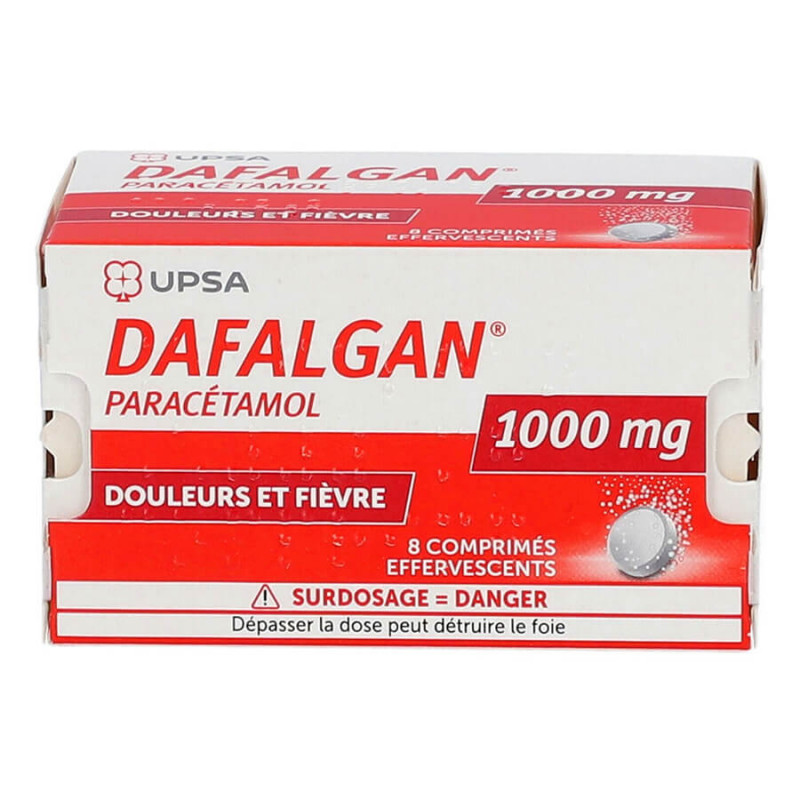
 Français
Français English
English
